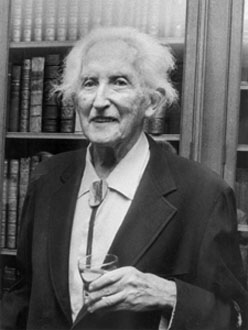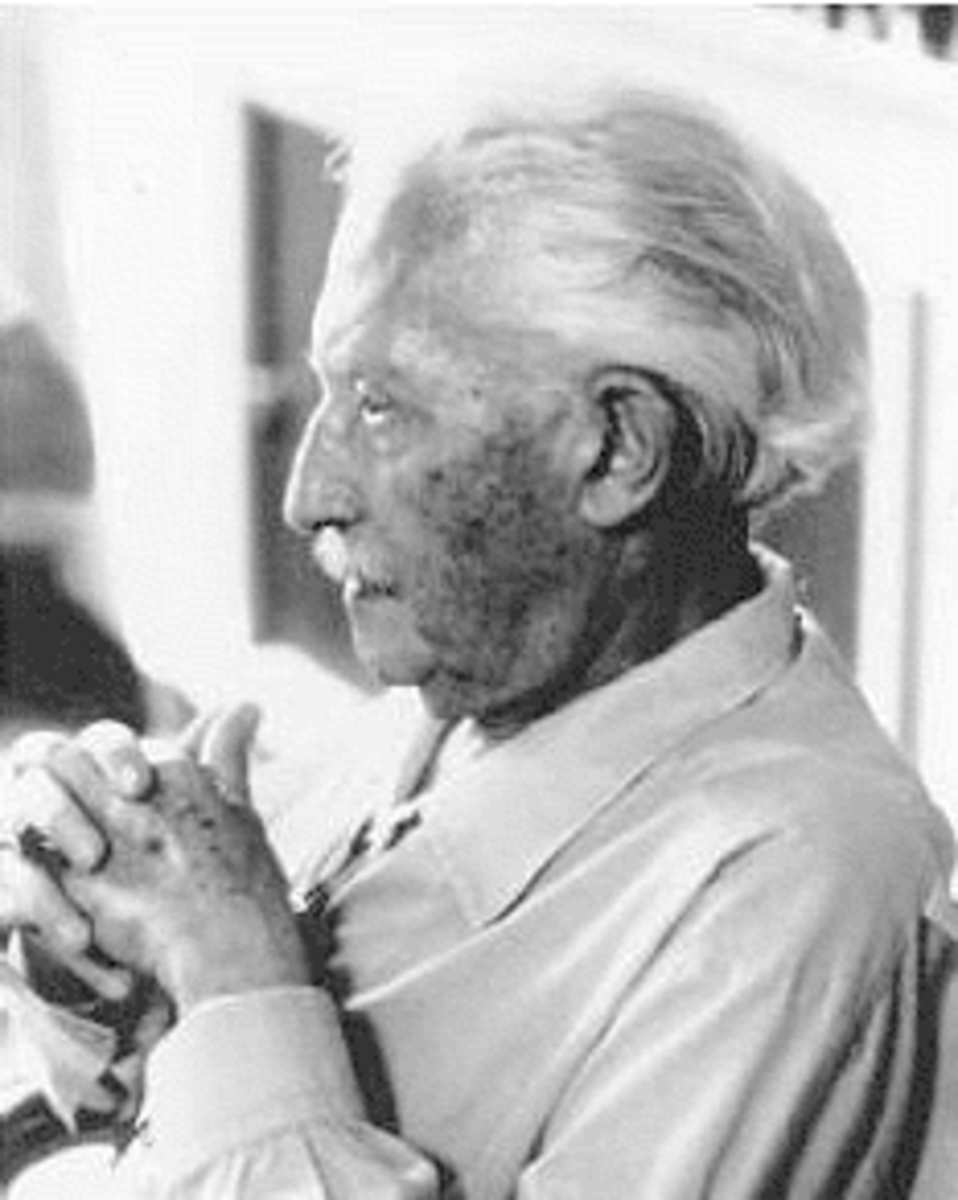Erik Erikson's Psychosocial Developmental Theory

A Universal Developmental Theory
Out of the massive contributions made to developmental psychology, no psychologist had made a more significant contribution than Erik Erikson. As a young man, Erikson was highly influenced by the Freud family and their school of thought. However, Erikson disagreed with the Freudian concept of psychosexual stages, the idea that humans undergo stages of development and resolve basic conflicts by physical and pleasurable gratification (Santrock, 22). “According to Freud, the primary motivation for human behavior is sexual in nature according to Erikson, it is social and reflects a desire to affiliate with other people,” (Santrock, 23). Erikson’s Psychosocial Theory is a well rounded view of life- span development, it incorporates important conflicts during each stage of development that most people can relate to and apply to their own development.
Erikson’s theory has eight stages of development and a corresponding age range for each stage. The first stage is known as trust versus mistrust, which occurs from birth to a child’s first year, during this stage the infant learns that he or she is able to either trust the caregiver or develop a distrust of their caregiver. The second stage is known as autonomy versus shame and doubt, during this stage the child, usually 1 to 3 years of age, learns to either develop their own autonomy and independence or if reprimanded too severely they will develop shame when exerting independence.
The third stage is known as initiative versus guilt, which occurs from ages 3- 6, in this stage the child uses their newfound independence to cultivate his or her self efficacy and if the child is discouraged from doing so he or she may develop guilt about taking initiative. The fourth stage, industry versus inferiority, occurs between ages 6-11, when the child experiences elementary school, during this stage the child either masters their curriculum and develop their talents or develops inferiority and insecurity about their intellect and abilities. The fifth stage, also known as adolescence ages 12-19, is called identity versus identity confusion. During this stage the teenager struggles to find their own path in life and if successful they develop a healthy successful identity and if not the individual remains confused about who he or she may be and their place in life.
The sixth stage, occurs during late 20’s to early 30’s, and is known as intimacy versus isolation. During this stage the individual is faced with the decision to develop intimate relationships and develop families or to isolate themselves from intimate associations. The seventh stage, occurs during the early 40’s to early 50’s, is known as generativity versus stagnation. During this stage, adults are faced with the decision to help the younger generation establish themselves or to decide not to help at all which leads to stagnation. The eighth and final stage, occurs from early 60’s to the end of life, is known as integrity versus despair. During the final stage, the individual reflects on their life experiences and is either satisfied with their experiences which is integrity or is dissatisfied with their experiences which is known as despair.
It is easy to see how applicable and realistic Erikson’s theory is, humans pass through many different stages at different times. Erikson’s theory helps to clarify the behavior of humans by predicting issues and conflicts they face during each stage of their development. His theory is especially useful when dealing with children. In Erikson’s theory, the issues and conflicts that children deal with in their youth are universally similar. His theory is culturally sensitive and free of gender and racial stereotypes. When observing or studying life span development, it is imperative that the theory can stand independently of biases and be universally applied. Erikson’s Pyschosocial Theory of Development has exemplified this and truly demonstrates an individual’s plasticity as an evolving being.
Works Cited
Santrock, John W. Life-span Development. Twelve ed. Boston, MA: McGraw-Hill Higher Education, 2009. Print.








